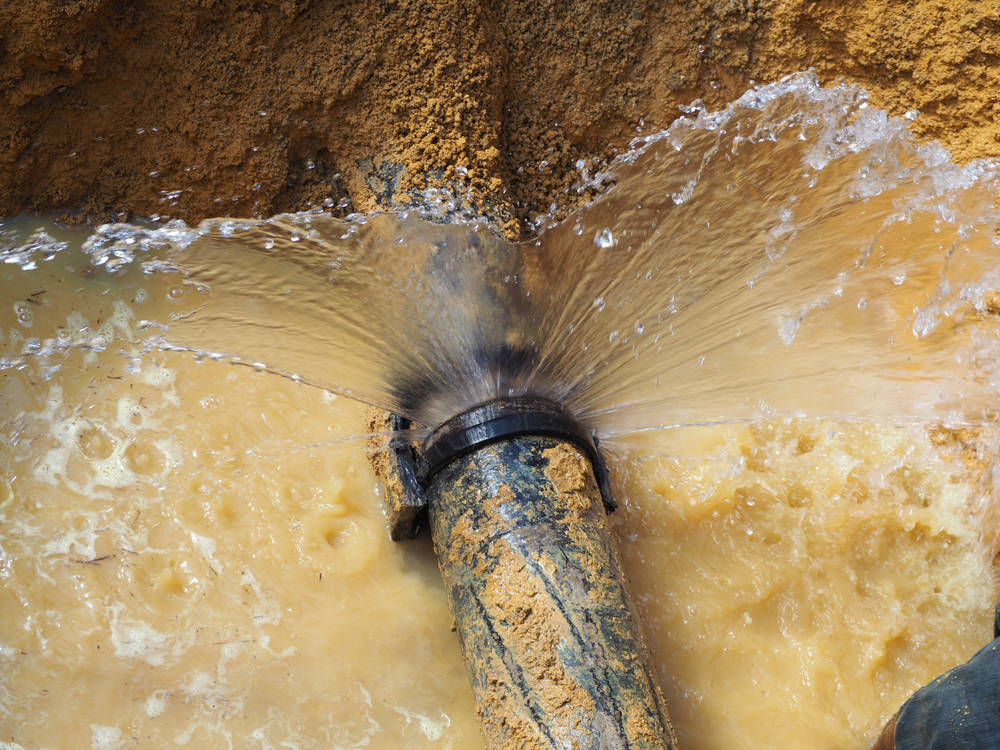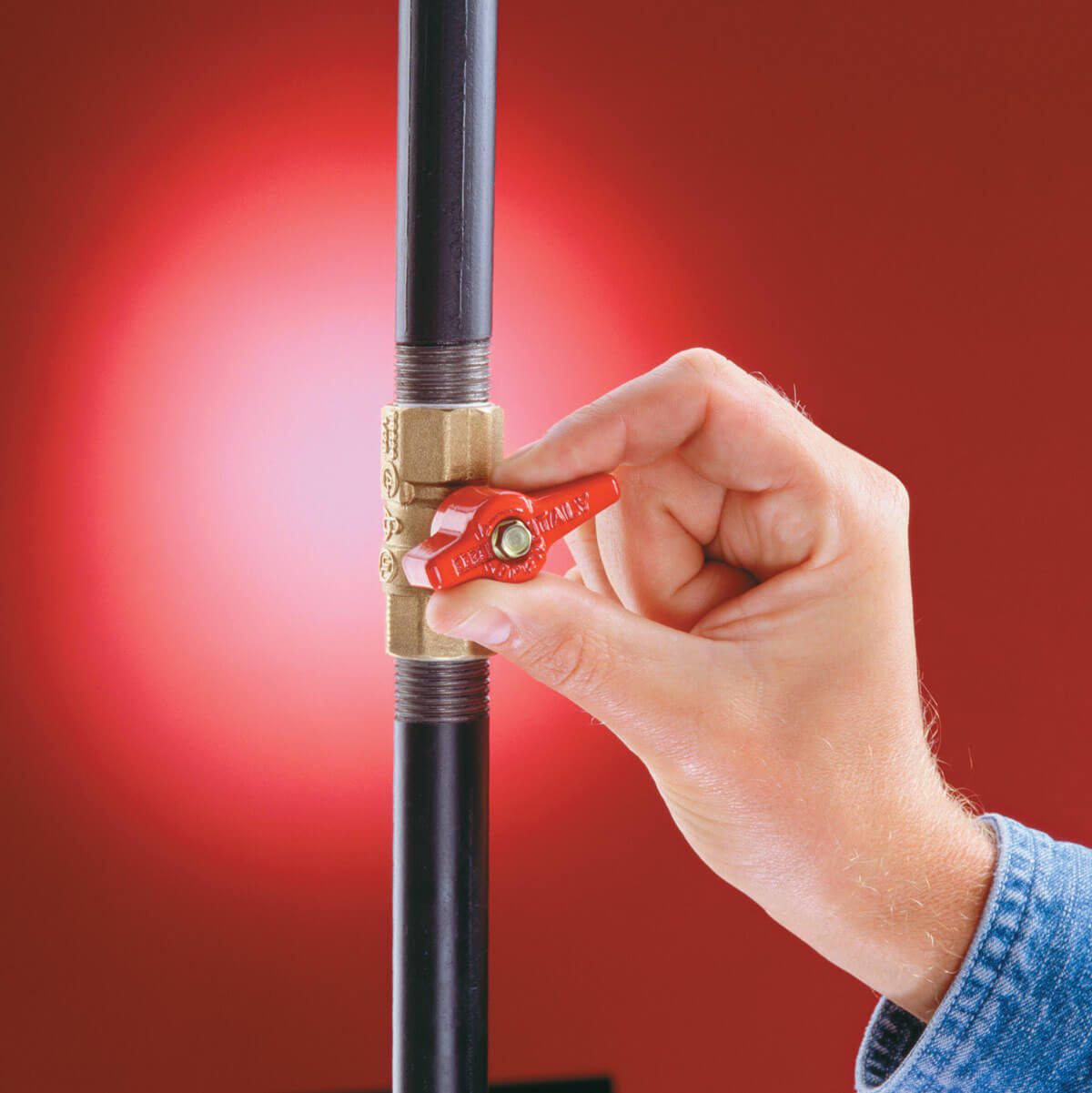Minimizing Water Damage Due To Leaking Pipeline Problems - Practical Solutions
Minimizing Water Damage Due To Leaking Pipeline Problems - Practical Solutions
Blog Article
How do you actually feel on the subject of Water Damage Restoration Do s And Don t?

What should you do if a water pipe ruptureds in your home, developing a mini-waterfall and also swamping a location of your home? The longer you wait, the much more extreme the water damage in your property. For these factors, you need to discover what to in situation of a burst water pipeline.
Shut down the Main Waterline Valve
Look for the local shut-off shutoff to turn-off water in one certain location just. This will certainly cut off the water in your whole house. Normally, the primary shutoff is located outside the house following to the water meter.
Call Water Damage Restoration Pros for Assistance
After closing the water resource, call the pros for help. Due to the fact that they require to take care of the pipelines and attend to the damages to your residential property, this is not something you can easily DIY. Seek aid from a trusted business providing 24/7 emergency solutions. With their expert assistance, you can mitigate exacerbation because water can seep through your things causing deformed walls, loose tiles, or damages framework. Don't take this problem gently and also seek profession advice for full comfort.
Record the Damages For Insurance
As you are waiting for the pros to arrive, record the damages created by the wayward pipe. Remaining positive with this permits you to file a claim for protection, which will help you and also your family members obtain back on your feet.
Restore Things That Can Be Conserved
Peruse the things and also take out the most crucial ones from the stack as soon as you're done taking pictures. Dry them off and also try to protect as much as you can. Drag them far from moisture so they can start to dry.
Begin the Drying Process
Finally, while awaiting the pros, you can start the drying out process. Luckily, water from your waterlines are tidy so you do not need to bother with drain water. Nonetheless, the moving water may have interrupted the dirt and debris in your carpets and also floorboards. Be prepared with gloves as you make use of containers to dispose out the water. Then, remove as long as you can with old towels. You can likewise turn on an electrical fan or open windows to advertise air flow. This will certainly accelerate drying and hinder mold and mildew growth.
Experts are the just one certified to repair the burs pipelines and subsequent damage. And also remember, pipes do not simply suddenly burst. You will typically see red flags like bubbling paint, strange noises in the plumbing, moldy odor, caving ceiling, peeling off wallpaper, or water discolorations. Pay attention to these points, so you can nip any kind of problems in the bud.
What should you do if a water pipe bursts in your home, creating a mini-waterfall as well as flooding an area of your residence? For these reasons, you require to learn what to in case of a burst water pipe. After shutting the water resource, call the pros for aid. With their expert aid, you can mitigate worsening since water can leak with your things resulting in distorted baseboards, loosened ceramic tiles, or damages framework. The good news is, water from your waterlines are tidy so you don't have to worry about drain water.
Steps to Deal with a Burst Pipe and a Flooded House
Disconnect your electrical
To prevent electrocution, make sure the electrical systems in your home are turned off. Do not wade into standing water with the power on. If water is blocking your path to your breaker box, look for a main shutoff on the exterior of your home or call an electrician.
Stop the source of the flooding
If your flooding is caused by a burst pipe or valve rather than an act of nature, it should be fairly easy to stop at its source. Just turn off the main water shutoff valve. Some homes have a valve located near where the main water line enters your home, while other homes have a valve attached or adjacent to a water meter, which is sometimes buried near the street.
Call your insurance company
Your water damage will most likely be covered under your homeowners insurance policy. The first step to start the claims process is to call your insurer to let them know about the situation. To make sure that your claim is successful, ask your insurer whether a claims adjuster needs to visit your home to document the damage before you begin the cleanup and repair process, or if your photos of the damage will suffice.
Document everything
No matter what your insurer says, it's always a good idea to carefully document all the water damage to your home to assist with your insurance claim. Simply take photos and videos with your phone and make note of everything the water touched, including your possessions and the structure of your home itself.
Remove standing water
If the water is primarily in your basement, and you have a floor drain, you may be able to use a squeegee mounted on a handle (pick one up at any hardware store) to push water to the drain, or use a mop and bucket. With most of the standing water removed, use a wet-dry vac (make sure to remove the filter for dry vacuuming) to start removing water from harder-to-reach areas.
Start drying out your home yourself
While you are waiting for your contractor to get started, you can begin the process of drying out your home by following these steps: a) open your windows to let moist air escape; b) start as many dehumidifiers as possible; c) cycle your HVAC system between heating (to 80 degrees) and cooling (to 60 degrees), which pulls moisture into the air and then removes it. You can rent industrial-size blowers and dehumidifiers to speed up the drying process.
Prevent mold and mildew caused by water damage
The damage to your home and property is only half the battle. If not properly dealt with, water damage can have farther-reaching effects on your home and health in the form of toxic mold and mildew. In fact, these secondary effects are often worse than the initial property damage, so it's important to take them seriously and dry out the affected areas as quickly as possible. If a surface can't be dried quickly, it should be removed and discarded. If you are working with a water damage cleanup company, they will have the proper equipment to dry out your home. If you are cleaning up the water damage yourself, be sure to educate yourself on how to remove and repair wet drywall and insulation, as well as flooring.
https://www.crddesignbuild.com/blog/10-steps-to-deal-with-a-burst-pipe-and-a-flooded-house

I am very taken with What You Should And Shouldn t Do When Dealing With Water Damage and I hope you enjoyed reading the entire piece. Are you aware of another person who is intrigued by the niche? Feel free to share it. Thank you for taking the time to read it.
Professional touch? Contact. Report this page